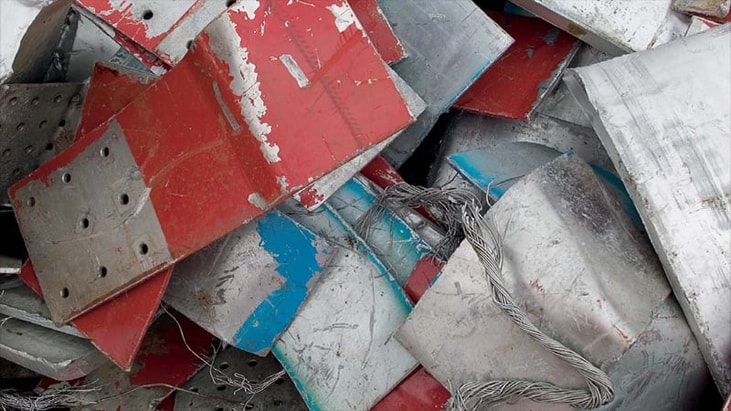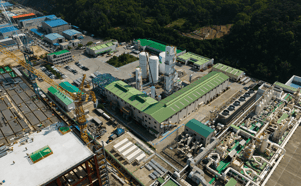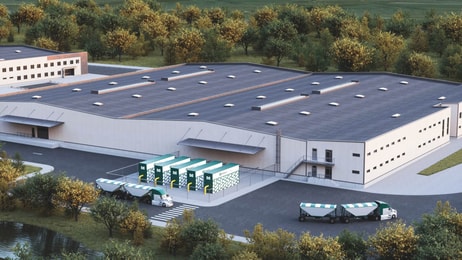Making Old Metal Shine like New
For many years now, aluminum has been successfully recycled on an industrial scale. The scrap metal is simply melted and used to make new products such as car bodies. Although recycling conserves natural resources, standard combustion processes offer room for improvement. Special burners and gas technologies from Linde (linde.com) raise energy efficiency levels and cut costs. They also significantly reduce harmful emissions.
Aluminum is a key part of everyday life, as common as the food we eat. We live in houses with aluminum window frames, for example, and drive cars with lighter aluminum bodies. We even wrap our sandwiches in it. Yet aluminum is a precious commodity, complex and expensive to manufacture. It is obtained from bauxite, an ore that is extracted from the earth in large mines, primarily in South America, Australia, and Africa. Huge bulk carriers then transport it across the sea to industrialized countries, where it is heated to temperatures of up to 1,300 degrees Celsius in aluminum smelters. Once melted, it is processed to aluminum oxide using special chemicals. This process consumes an enormous amount of energy. Around five tonnes of bauxite are required to produce one tonne of aluminum.
Recycling has therefore been a valuable option for aluminum manufacturers for a long time. Unlike plastics, recycling aluminum does not impact on quality. The recycled material is just as good as new aluminum. It can be remelted and used for new products any number of times, turning cans, for example, into engine blocks. In 2009, 37 million tonnes of new, or primary, aluminum were manufactured worldwide. Almost 13 million tonnes were recycled. “There is room to raise the recycling quota significantly,” says Thomas Niehoff, Head of Industry Segment Non-Ferrous Metals and Mining in Linde’s Gases Division. Recycling is not just about saving resources. It also saves huge amounts of energy. It takes almost 13,000 kilowatt hours to produce one tonne of primary aluminum. This falls to just 1,500 kilowatt hours for one tonne of recycled aluminum—a drop of almost ninety percent. Yet even this figure can be significantly improved, which could have a positive impact on price since up to 40 percent of the price of this much sought-after metal is attributable to energy costs.
Experts expect annual demand for aluminum to rise to 53 million tonnes by 2015. Recycling is the best way to meet this demand without overly depleting natural resources. Technical solutions for enhanced aluminum recycling have been one of Linde’s core competencies for some time now. The Group’s engineers have a wealth of experience in making combustion and melting processes more efficient and environmentally friendly. “Even in the most established facilities, it is still possible to tease out more efficiency,” explains Niehoff. “And not just in terms of energy consumption—emission levels can also be brought down.”
... to continue reading you must be subscribed























